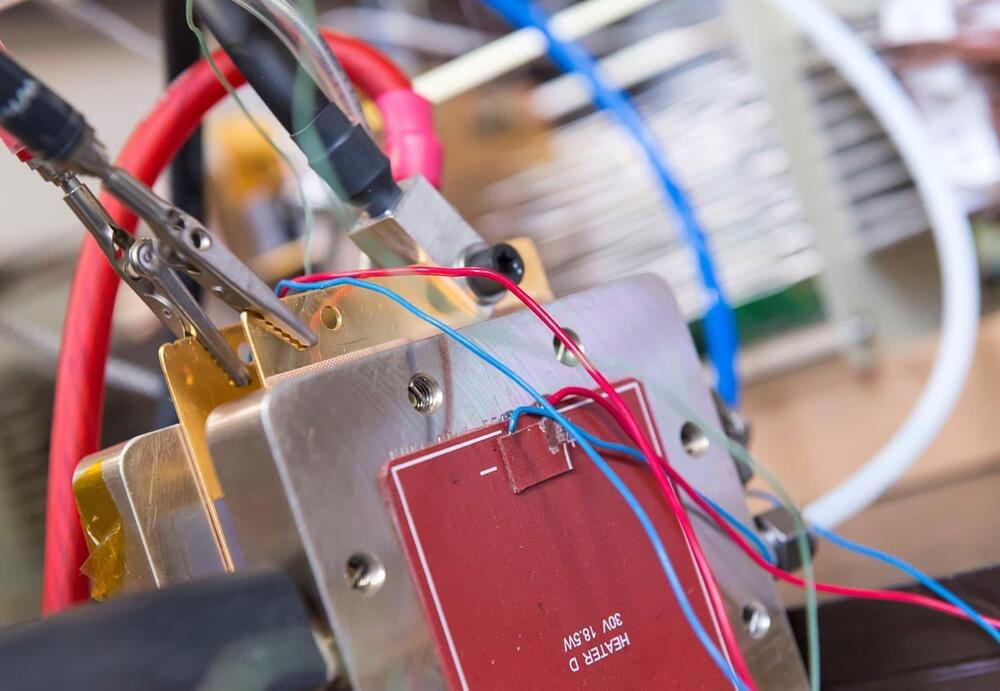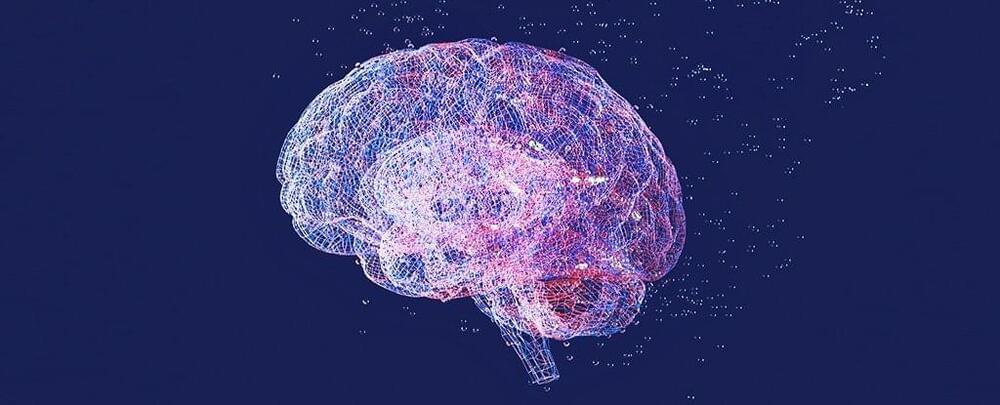A cheaper hydrogen fuel cell could mean better green energy options.


Award-winning author and futurist Amy Webb examines the world of synthetic biology in her book “The Genesis Machine.” She sits down with Hari Sreenivasan to discuss the potential and the concerns of redesigning our lives.
Originally aired on April 28, 2022.
For more from Amanpour and Company, including full episodes, click here: https://to.pbs.org/2NBFpjf.
Like Amanpour and Company on Facebook: https://bit.ly/2HNx3EF

A radio message will be sent to an alien solar system this year. What should it say?And what are the pros and cons to sending interstellar messages to aliens that may or may not exist.
See my blog on BigThink.com.
Link to go directly to the article.
This blog was posted on Big Think.

In the pre-industrial age, people only needed to measure years and months to a fair amount of accuracy. The position of the sun in the sky was good enough to break up the day. Timing at the level of fractions of a second was simply not needed.
Eventually, modern industry arose. Fast-moving machines came to dominate human activity, and clocks required hands that could measure seconds. In the current era of digital technology, the timing of electronic circuitry means that millionths or billionths of a second actually matter. None of the high-tech stuff we need, from our phones to our cars, can be controlled or manipulated if we cannot keep close track of it. To make technology work, we need clocks that are faster than the timing of the machines we need to control. For today’s technology, that means we must be able to measure seconds, milliseconds, or even nanoseconds with astonishing accuracy.
Every timekeeping device works via a version of a pendulum. Something must swing back and forth to beat out a basic unit of time. Mechanical clocks used gears and springs. But metal changes shape as it heats or cools, and friction wears down mechanical parts. All of this limits the accuracy of these timekeeping machines. As the speed of human culture climbed higher, it demanded a kind of hyper-fast pendulum that would never wear down.
This Video Explains Cellular Respiration.
Thank You For Watching.
Please Like And Subscribe to Our Channel: https://www.youtube.com/EasyPeasyLearning.
Like Our Facebook Page: https://www.facebook.com/learningeasypeasy/
Join Our Facebook Group: https://www.facebook.com/groups/460057834950033
Support Our Channel: https://www.patreon.com/supereasypeasy

The widely used anesthetic propofol has a dramatic effect on the oscillating waves circulating through the brain, a new primate study shows – important findings for understanding more about our bodies under anesthesia, and ensuring it remains safe to use.
When we’re conscious, the brain is dominated by higher frequency waves (beta waves) – but under the influence of propofol-based general anesthesia, it seems that very slow-frequency traveling waves (delta waves) are much more common.
Moving through the cortex – the outermost layer of brain tissue – these waves also shift from traveling in all kinds of different directions to all pointing the same way. Some beta waves still exist, but also in small pockets not covered by delta waves.

The Ingenuity helicopter flew over the leftovers of Perseverance’s backshell and parachute and it looks soooo cool!
Source: https://twitter.com/NASAJPL/status/1519401118152888321

Rover landing gear! During the #MarsHelicopter’s 26th flight, it took photos of the entry, descent, & landing gear @NASAPersevere needed to safely land on Mars. You can see the protective backshell & massive dusty parachute. https://go.nasa.gov/3vkglFM

